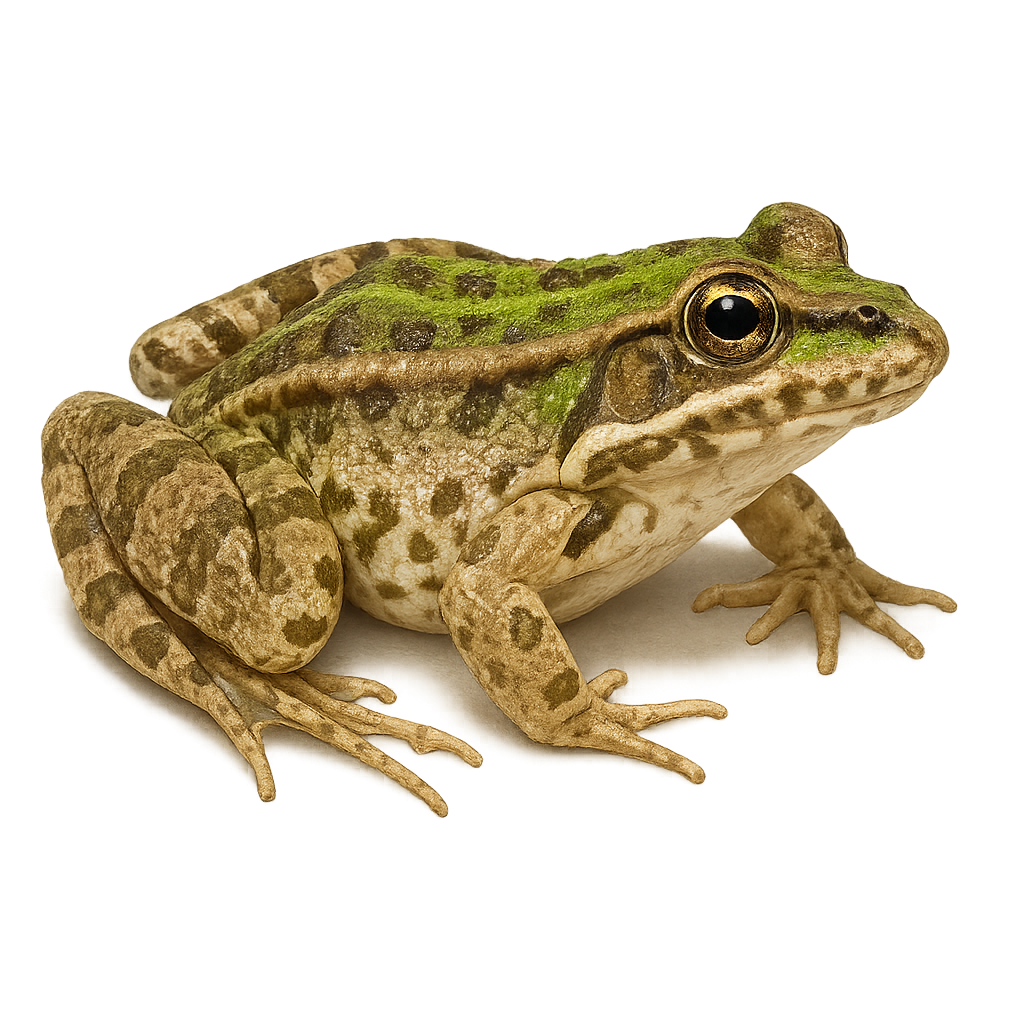Your wildlife photography guide.
Explore the kurtmueller's frog in detail, study its behavior, prepare your shots.
Where to observe and photograph the kurtmueller's frog in the wild
Learn where and when to spot the kurtmueller's frog in the wild, how to identify the species based on distinctive features, and what natural environments it inhabits. The WildlifePhotographer app offers tailored photography tips that reflect the kurtmueller's frog’s behavior, helping you capture better wildlife images. Explore the full species profile for key information including description, habitat, active periods, and approach techniques.
Kurtmueller's Frog
Scientific name: Pelophylax kurtmuelleri

IUCN Status: Least Concern
Family: RANIDAE
Group: Amphibians
Sensitivity to human approach: Suspicious
Minimum approach distance: 3 m
Reproduction period: April to May
Incubation: 3–5 jours
Births: April to May
Habitat:
ponds, rivers, marshes
Activity period :
Mainly active at night, generally discreet during the day.
Identification and description:
The Kurtmueller's Frog is an amphibian species belonging to the Ranidae family, primarily found in Mediterranean regions such as Greece and Albania. This medium-sized frog has smooth skin with a coloration ranging from green to brown, often marked with dark spots. It prefers aquatic habitats like ponds, rivers, and marshes. Known for its distinctive call, the Kurtmueller's Frog uses it mainly during the breeding season to attract mates. It feeds primarily on insects and other small invertebrates. Although relatively common within its range, it is sensitive to water pollution and habitat destruction.
Recommended lens:
Macro – adjust based on distance, desired framing (portrait or habitat), and approach conditions.
Photography tips:
To photograph the Kurtmueller's Frog, it's advisable to use a macro lens to capture the details of its skin and distinctive patterns. Approach slowly and quietly to avoid startling it. The best times for photography are early morning or late afternoon when the natural light is soft. Look for angles that highlight its aquatic environment, and be prepared to adjust your position to get the best possible reflection on the water.
The WildlifePhotographer App is coming soon!
Be the first to explore the best nature spots, track rutting seasons, log your observations, and observe more wildlife.
Already 1 431 wildlife lovers subscribed worldwide

